Autism and person first language
The language surrounding autism has shifted around the perceptions of society.
The hostages needed to be saved, all 12 million of them. The New York University Child Center Study plastered ransom notes through New York City with the intent to raise awareness for childhood psychiatric disorders. They read:
“We have your son. We will make sure he will not be able to care for himself or interact socially as long as he lives. This is only the beginning.”
The advertisement was signed “Autism.”
The New York University Child Center’s goal was to encourage early intervention including therapies to prevent autistic traits from being expressed.
Eventually the ransom notes were removed because of outcry, mostly organized by The Autism Self Advocacy Network (ASAN).
Sesame Street’s introduction of Julia, an autistic puppet marked the emergence of a cultural shift eight years later. The 2015 ad states “The more you understand her world, the more possibilities you see.”
The rise of the neurodiversity movement has long been headed by self advocates rather than professionals. Their goal: to change the perception of autism from a disease to a natural and accepted difference.
“Conversation around autism was almost entirely led by non-autistic people … ASAN and other autistic-led organizations have promoted our own ideas about autism: that autism is a disability, not a tragedy; that autistic people deserve to be included and accepted in all areas of society; that the idea of a “cure” is not what we want and likely not even possible,” Zoe Gross, the Director of Advocacy at ASAN said.
The neurodiversity movement is characterized by the idea that disorders like dyslexia, ADHD, Autism, and others are not diseases but rather natural differences in people.
This movement has been mainly focused on adults and older teens rather than the early intervention programs professionals usually prescribe.
Many advocates are calling for better early intervention and more acceptance of equity within diagnosing practices.
“I think the public still perceives autism as a disorder that typically affects white males. They are not aware that different traits of autism can be expressed differently, depending on sex. For somebody who was assigned female at birth like myself, signs of autism can be much more subtle, and can go undetected for longer,” Audrey Robinson, disability anthropologist and educator, said.
The neurodiversity movement took off again in 2020 when autistic advocates and neurodivergent influencers grew their accounts very quickly through the pandemic. Followers flocked to safe spaces where they could debate and discuss aspects of their experiences.
“I do think recently there has been a shift in the public’s perception of autism. With the popularity of social media apps such as Instagram and TikTok, creators can focus their platforms on educating the masses.” Robinson said.
“At ASAN, we use identity-first language when we talk about autism,” Gross said. “We do this because autism is just another part of who we are. I don’t feel the need to say that I am a “person with womanness” — I would just say I’m a woman. Similarly, I don’t need to say I’m a person with autism — I just say I’m autistic.”
Many self advocates use identity first language to talk about themselves and other autistic people, but some professionals and autistic people disagree.
“People around me don’t believe that I have autism … so that’s why I kind of don’t see it as a defining factor because I can easily mask it,” an anonymous senior at GBHS said. “But that doesn’t mean that it doesn’t affect me.”
Despite the work of ASAN and online creators, the general view of autism hasn’t drastically improved.
“I feel like a lot of people think that it’s… a sickness or… something that has to be cured,” the anonymous senior said. “Or even so, just… something that is bad in general.”
Even with the negativity attached to autism there is a sense of solidarity within the autistic community.
“I typically do not share that part of myself with my peers until I am very comfortable with them …. When I meet another autistic individual, I do tell them that I also have a diagnosis, and we typically both get very excited for having met someone who understands the world the same way we do,” Robinson said.
Still, advocates of the neurodiversity movement have changed some people’s perceptions of autism and other disorders.
“There is still a lot of work that needs to be done to get people to stop viewing people with disabilities as tragic and defective, and start viewing us as diverse members of society who have the right to be included everywhere,” Gross said.



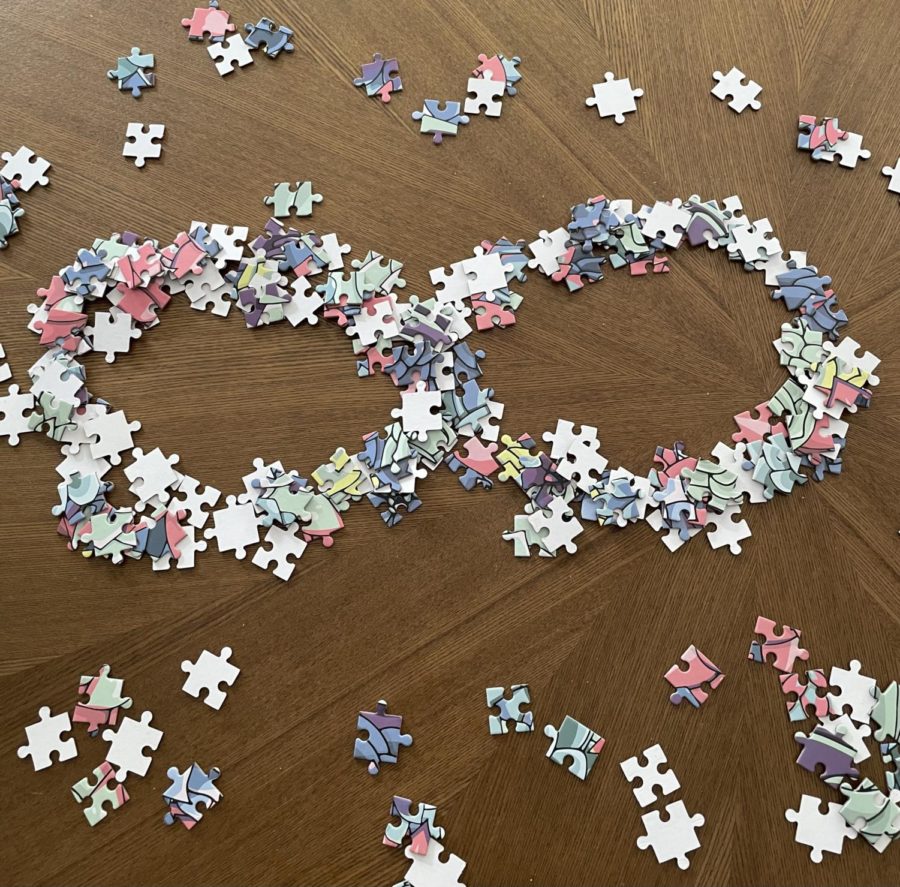
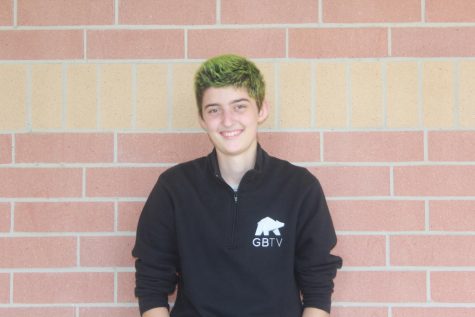

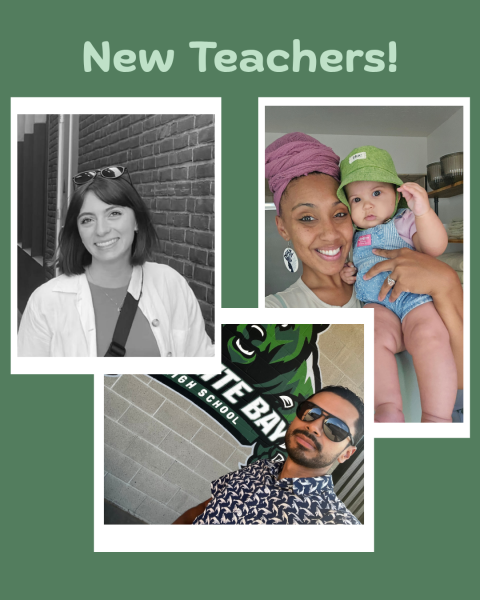
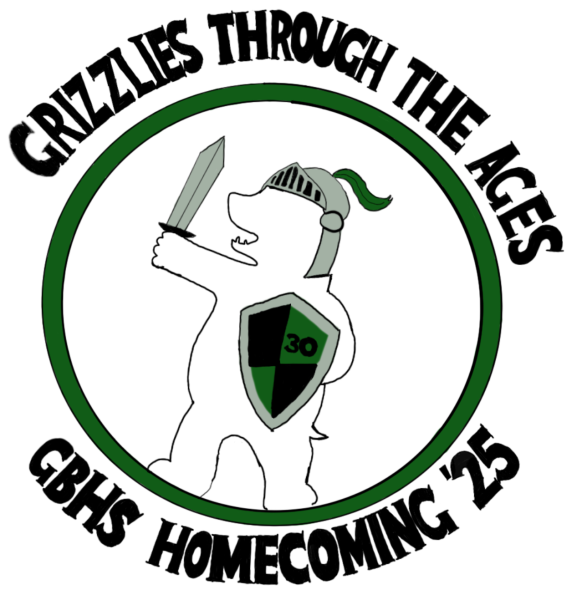
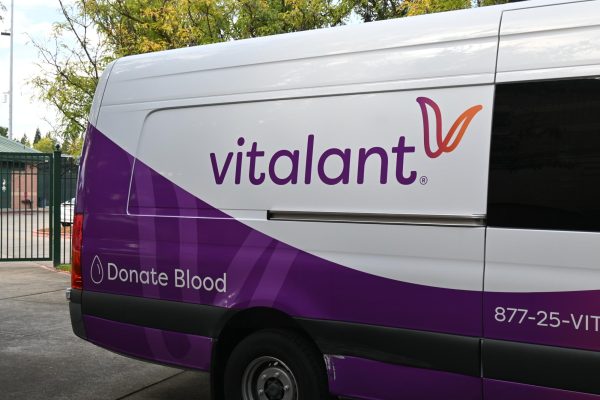


jacklyn • Nov 30, 2022 at 10:29 am
its sad to see that many people out there see autism or other disabilities as something tragic that needs a cure